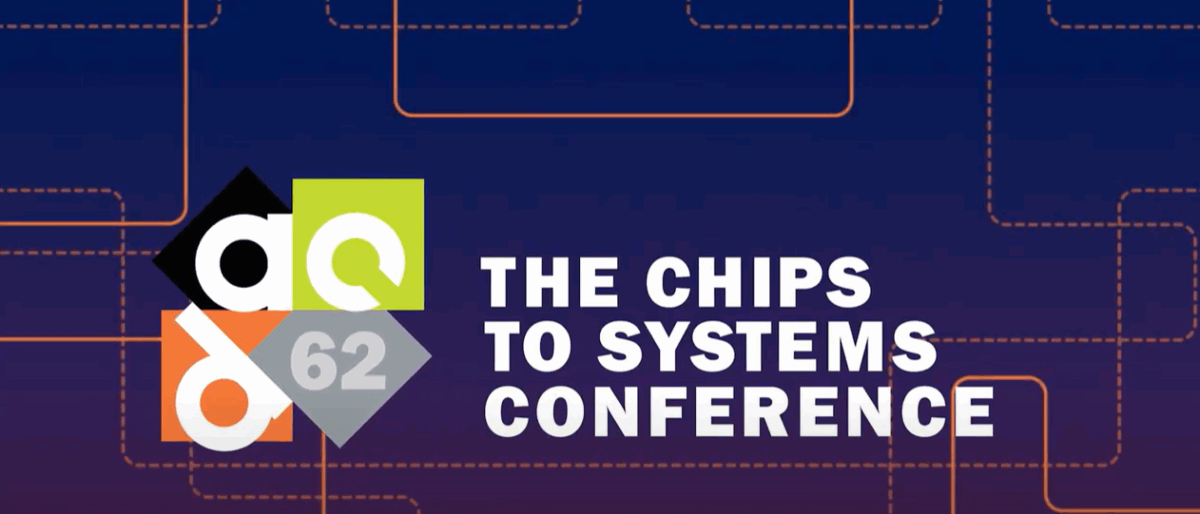You are currently viewing SemiWiki as a guest which gives you limited access to the site. To view blog comments and experience other SemiWiki features you must be a registered member. Registration is fast, simple, and absolutely free so please,
join our community today!
In a keynote delivered at this year’s Siemens EDA User2User event, CEO Mike Ellow presented a focused vision for the evolving role of electronic design automation (EDA) within the broader context of global technology shifts. The session covered Siemens EDA’s current trajectory, market strategy, and the changing landscape … Read More
In this episode of the Semiconductor Insiders video series, Dan is joined by Anna Fontanelli, founder and CEO of MZ Technologies. Anna explains some of the substantial challenges associated with heterogeneous 3D integration. Dan then begins to explore some of the capabilities of GenioEVO, the first integrated chiplet/package… Read More
Modern vehicles have become quite sophisticated, like a supercomputer on wheels. They integrate a vast number of electronic components, including thousands of chips, to deliver advanced functionalities ranging from infotainment to critical safety systems. This increasing complexity necessitates a robust approach to … Read More
Anna Fontanelli, CEO of MZ Technologies, is a silicon executive with more than 35 years of expertise in managing complex R&D organizations/programs to give birth to innovative EDA technologies. Strong communication skills and proven ability to lead distributed, cross functional teams in international environments.… Read More
The semiconductor industry is facing a paradigm shift. Traditional scaling, once driven by Moore’s Law, is slowing down. For years, moving to smaller process nodes led to lower transistor costs and better performance. However, scaling from node to node now offers fewer benefits as wafer costs rise much more than the historical… Read More
The CHIPS and Science Act has allocated $11 billion for semiconductor R&D, including for advanced packaging and AI-driven design. Companies should apply now.
In 2022, the United States signed the $50 billion Chips and Science Act. Under the act, the National Institute of Standards and Technology (NIST), which is part of … Read More
Anyone who has read my articles about IEDM in the past know I consider it a premiere conference covering developments of leading-edge semiconductor process technology. The 2024 conference will take place in San Francisco from December 7th through 11th.
Some highlight of this year’s technical program are:
AI – Lots of artificial… Read More
The semiconductor industry is experiencing rapid evolution, driven by the proliferation of IoT applications, image sensors, photonics, MEMS applications, 3DIC and other emerging technologies. This growth has dramatically increased the complexity of integrated circuit (IC) design. One aspect of this complexity is the … Read More
In a DACtv session on July 22, 2024, Rich Goldman from Ansys discussed the partnership with NVIDIA, focusing on accelerating engineering simulations and visualizing 3D IC designs in Omniverse. The collaboration, outlined in six pillars defined by NVIDIA CEO Jensen Huang, leverages NVIDIA’s GPUs and Grace CPUs to enhance… Read More








